Power Players: The NYISO Women Leading a Grid in Transition
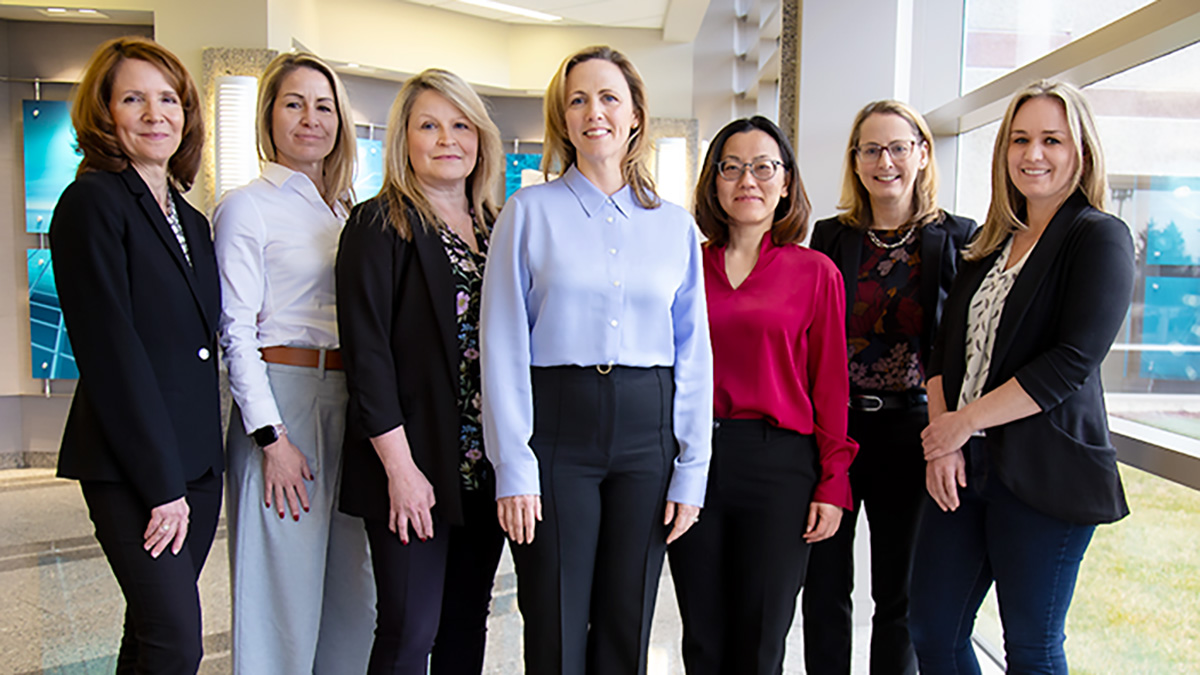
(PictureL-R: Cheryl L. Hussey, Vice President & CFO; Tara Lefevre, Senior Manager, Control Room Operations; Deneen Byrne, Vice President of Human Resources; Emilie Nelson, Executive Vice President & COO; Yachi Lin, Director, System Planning; Karen G. Gach, Deputy General Counsel; Juliann Madara, Director of Internal Audit)
From an engineering perspective, the electric system in New York has until recently looked largely as it did in 1882 when Thomas Edison launched the world’s first cogeneration plant in lower Manhattan.
But these days, policy mandates and technological advancements in pursuit of decarbonization are bringing significant change to how our power is generated, transmitted, and consumed.
The other noticeable difference from the days of Edison is who is leading the change.
At the New York Independent System Operator, a group of talented women have risen to senior positions, with significant responsibility for leading the organization ― and the grid ― through this period of transformation. These leaders have the technical capabilities and vision to see the NYISO through the challenges of modernizing the grid.
We recently spoke with these women about navigating the challenges of the grid in transition, the value of representation in the workplace, and their advice to professionals starting out in the energy field.
Emilie Nelson, Executive Vice President & COO
As the NYISO’s Executive Vice President and Chief Operating Officer, Emilie Nelson oversees grid operations, the competitive electric markets and system planning, which means her portfolio covers the bulk of the work necessary to reliably decarboniz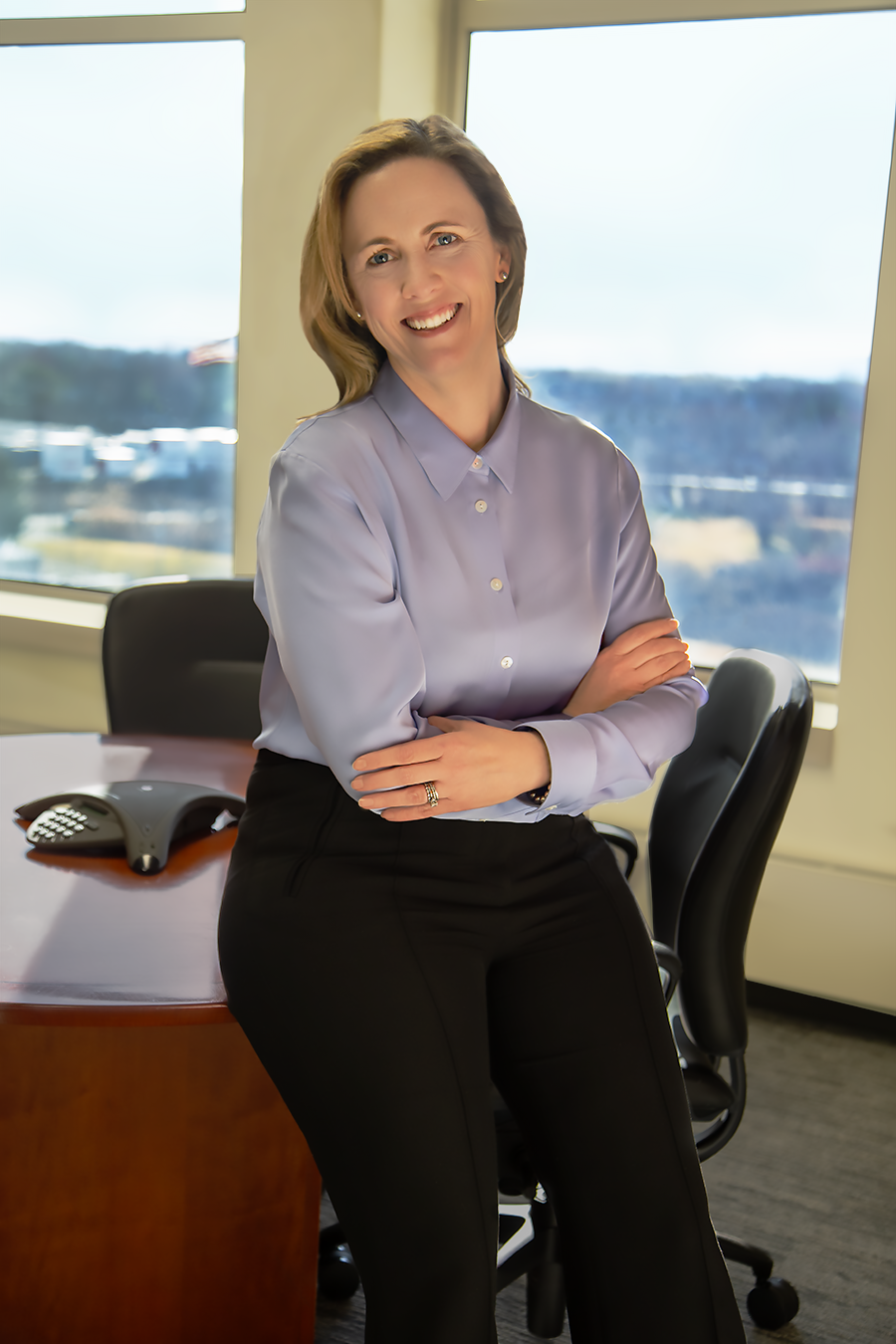 e the grid.
e the grid.
That amount of responsibility requires deep technical knowledge of the industry as well as advanced leadership skills to successfully guide an entire organization through monumental change.
Nelson’s career began in power generation more than twenty years ago. She holds a Bachelor of Science in Mechanical Engineering from Tufts University, a Master of Business Administration from Pace University, and she recently completed the advanced executive management program at Harvard’s Business School.
On Nelson’s watch, the NYISO is working to implement the state’s ambitious climate goals, while staying true to our mission of maintaining grid reliability.
She notes that while progress is being made implementing renewable generation, there are immediate challenges that need to be navigated. Electrification of the building and transportation sectors is driving up electric demand along with new, industrial facilities in the form of micro chip manufacturing and large, energy-intensive data centers. At the same time, traditional fossil-based generation is retiring, placing strains on the system to balance load with demand. The question she and the NYISO face every day is how to maintain power system reliability and transition the system to more renewable, intermittent forms of generation.
To meet this enormous challenge, Nelson puts confidence in the right people, tools, and technology to ensure the best possible outcomes. She and her teams are designing market products to incentivize investment in renewables, and issuing in-depth studies used by policymakers and industry stakeholders to plan for changes in the power system. The NYISO also just kicked off a process to solicit and identify transmission projects that will connect up to 9000 megawatts of offshore wind.
Despite the challenges, Nelson says there is no better time to get involved in the field. Excitement around the state’s climate initiatives ― the opportunity to find new ways to provide a critical service ― has propelled an interest in the NYISO’s work from people with diverse backgrounds and perspectives from all parts of the world.
“People come to us with degrees that are custom-built for the space we work in,” she said. “It’s important to utilize everyone to the best of our ability, because the opportunity is there.”
There has always been a female presence at the NYISO, but today, more women than ever are in leadership roles, overseeing the organization’s core responsibilities, including the clean energy transition. The power of representation in the workplace is evident in interactions with students and engineers who visit the NYISO to learn about the power grid and tour the control room, Nelson said.
“The opportunity to do this work, to be part of the reliable transformation of the power grid, integrating new technologies and helping to develop the next generation of experts and leaders, is a privilege and exactly where I want to be.”
Emilie Nelson’s advice to people in the energy sector is simple: Get comfortable being uncomfortable.
“It’s the idea that you have the confidence and support to be successful and then step into the unknown,” Nelson said. "To try something new.”
Cheryl L. Hussey, Vice President & CFO
As Vice President and Chief Financial Officer, Cheryl Hussey leads the NYISO’s accounting and financial reporting functions, budget development and oversight, treasury management, procurement and contract administration, counterparty and credit risk management and customer settlements. Hussey joined the NYISO in 2008, during the financial crisis of the 2008 recession. Hussey most recently guided the NYISO through one of the most significant financial crises since that time.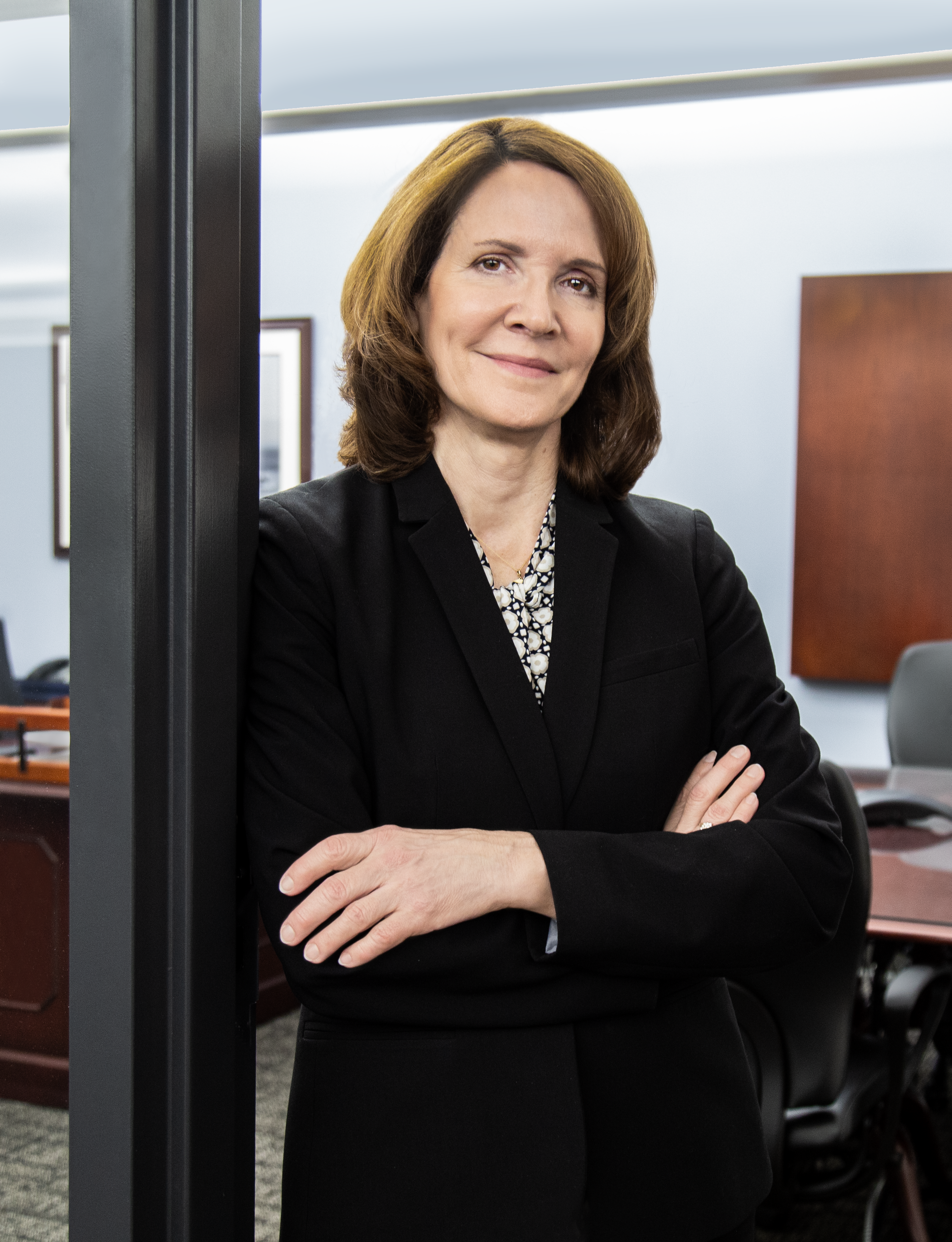
As the COVID-19 pandemic gripped New York, shuttering businesses and schools across the state, energy usage declined significantly which had financial implications for the NYISO. At the same time, employee turnover and state regulations around COVID-19 safety were creating additional budgetary pressures.
“We had to manage all of that while remaining focused on the needs of our stakeholders and our customers,” Hussey said.
Those relationships with stakeholders proved critical for successfully navigating pandemic-related fiscal challenges, according to Hussey.
“We had to ask for financial flexibility that we didn't previously have,” she said. “Explaining the fiscal situation that we were in with transparency went a really long way in maintaining trust and working together to help manage that situation.”
Being mindful of costs and providing value is central to NYISO’s commitment to stakeholders and consumers. A key component of our work in managing wholesale energy markets is ensuring that electricity remains affordable and accessible to all New Yorkers as climate initiatives are advanced.
As the complexity and pace of change in the industry continues to increase, in addition to effectively managing the NYISO’s fiscal operations, it is also critically important for Hussey’s finance team to collaborate across the NYISO to understand every aspect of the organization as they navigate the financial realities of the grid in transition.
To successfully lead the grid in transition, “We need to be flexible and agile, but we need to also leverage each other,” Hussey said. “We all have specific skills, knowledge, abilities, and backgrounds that we bring to the organization.”
Karen G. Gach, Deputy General Counsel
Nearly everyone at the NYISO has interacted with the organization’s dedicated team of attorneys, who are well-versed in state and federal laws and the intricacies of the power grid.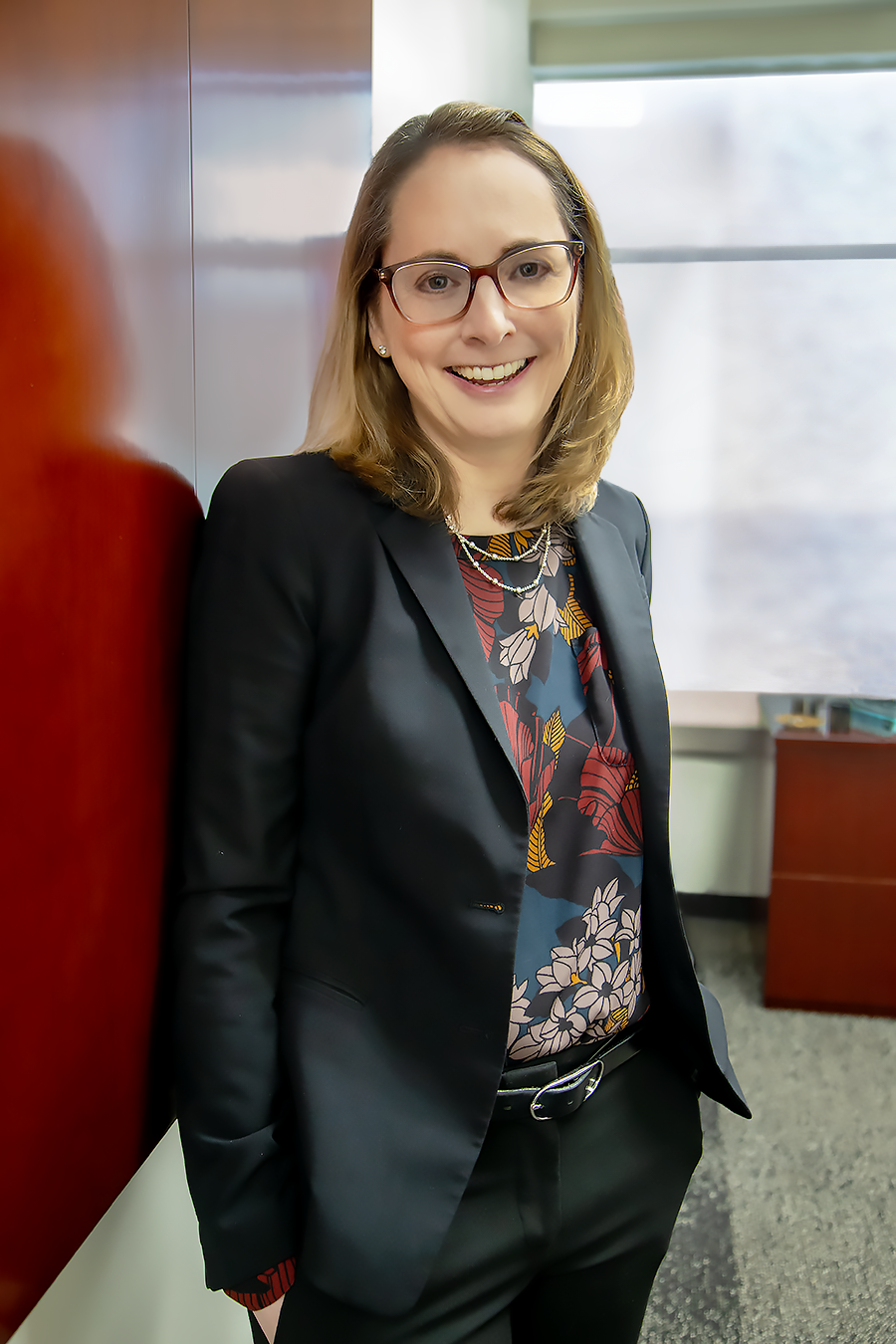
Their legal expertise is especially valuable in light of the 2019 Climate Leadership and Community Protection Act (CLCPA), which has introduced new challenges for stakeholders and market participants.
As deputy general counsel, Karen Gach oversees the NYISO’s legal department and is involved in the development of the organization’s regulatory and compliance strategy.
“We serve as an independent source of information, with a strong focus on reliability,” Gach said. “Stakeholders count on us to provide comprehensive, informed analyses.”
The legal team is responsible for the NYISO’s tariff ― the rules that govern the operation of the grid and wholesale electricity markets. The team works closely with federal regulators, state agencies, and stakeholders to develop the rules and processes essential for a reliable and cost-efficient grid.
In her 20 years at the NYISO, Gach has watched the industry evolve. When she first joined the company, her work focused largely on getting a then-brand-new interconnection process up and running. Today, she and her staff collaborate with other NYISO teams, stakeholders, and regulators to develop market rules and keep track of government policies designed to support the integration of new energy resources.
The NYISO is currently reforming its interconnection process so that clean energy can be added to the grid more efficiently. Coordination with regulatory entities is crucial to this effort, enabling the NYISO to maintain the same standard of reliability as the transition ramps up, according to Gach.
“The pace of this customization of the market rules has really accelerated,” she said. “There are many moving parts.”
It’s a challenging environment to work in, but according to Gach, the work and the mission are deeply rewarding. Attorneys who join the NYISO arrive with strong legal skills and high expectations of themselves. Gach advises patience and recommends asking questions.
“It is important that new attorneys understand the legal complexities of an issue, as well as the technical details,” she said. “Each project they work on is a building block and an opportunity to learn."
Deneen Byrne, Vice President of Human Resources
Overhauling the state’s electric grid would not be possible without the NYISO’s talented workforce. However, the COVID-19 pandemic has recently complicated hiring and retention, as traditional models for working were replaced by more flexi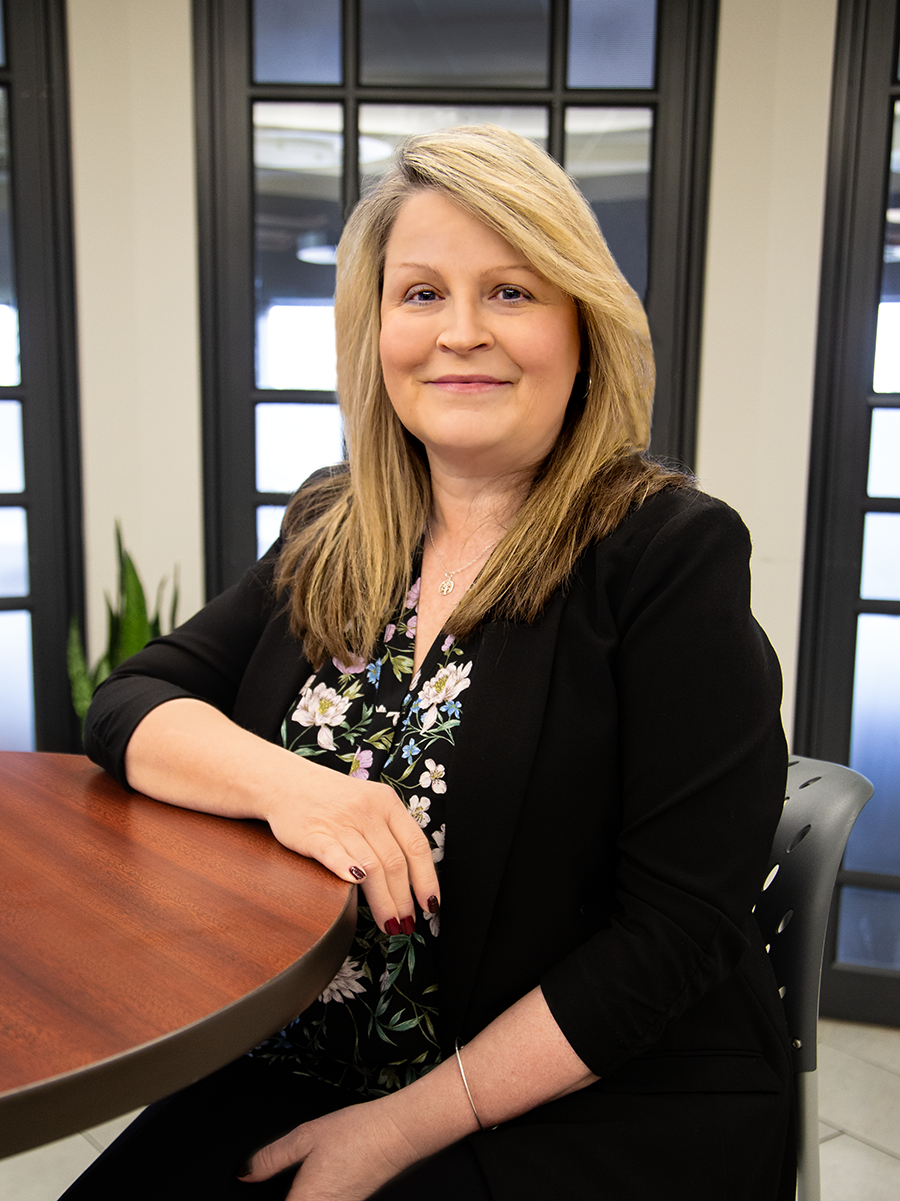 ble approaches.
ble approaches.
At the same time, other states are pursuing their own climate objectives, which has created high demand nationwide for employees with the skills and backgrounds the NYISO often seeks.
The NYISO has had to pivot its recruitment strategy in order to navigate these headwinds, according to Vice President of Human Resources Deneen Byrne.
“The last four years have certainly been challenging in unexpected ways, but we continue to attract and retain a talented and diverse team,” Byrne said.
The company has been looking inward, asking employees how to best support them and facilitate an inclusive, welcoming work culture, according to Byrne.
We are proud of our investments around diversity, equity and inclusion and continue to develop programs such as our dynamic Women in NYISO (WIN) network. Established in 2019, the employee-led WIN group coordinates professional development, education, leadership, and networking opportunities that demonstrate the value of women’s perspectives.
The NYISO’s recent work to transform New York’s electric grid has also raised the company profile and generated interest from energy professionals around the world.
Under Byrne’s leadership, the NYISO has developed a robust visa sponsorship program, which is currently supporting over 70 employees. Established through research partnerships with Clarkson University and Rensselaer Polytechnic Institute, the visa program has greatly bolstered the company’s talent pool.
Employment data suggests the program has also facilitated more diversity among NYISO applicants. Approximately 45 percent of diverse job candidates require visa sponsorship, according to Byrne. The NYISO currently employs staff from 33 countries.
To support our multi-cultural workforce, the NYISO has launched programs that enable employees to share their cultural traditions with one another, including recent Diwali and Lunar New Year events.
“There is a growing curiosity to learn more about the different cultures and events celebrated by our peers, and I see that bringing people together in ways we haven’t seen before,” Byrne said. “It’s creating opportunities to build new relationships and deepen existing relationships”
Yachi Lin, Director, System Planning
If you told Yachi Lin 20 years ago that New York would dramatically reduce its dependence on fossil fuels, putting the state on track towards an emissions-free grid, she wouldn’t believe you.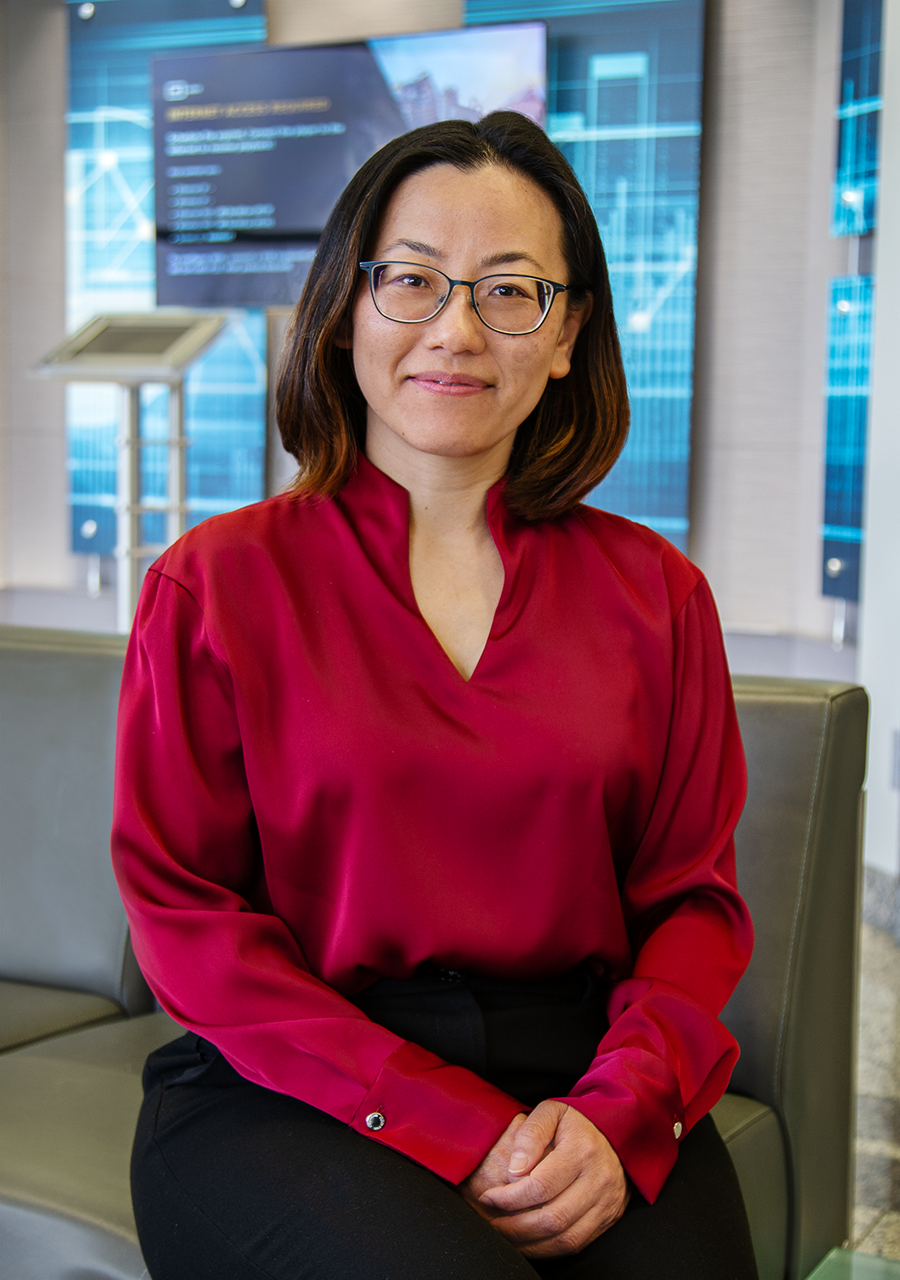
“I would think it’s not feasible,” she said.
Lin brings decades of experience to the NYISO as a power systems engineer and consultant, having worked with global regions and countries from domestic US to West Africa to identify and implement energy and power grid solutions.
Today, Lin and her team are on the front lines of the state’s clean energy transition, tasked with forecasting reliability challenges and mapping solutions.
Lin’s role at the NYISO is broad; as Director of System Planning, she oversees five teams responsible for reliability studies, resource planning, system modeling, long-term assessment, and transmission integration
Strengthening the grid’s transmission system is a major component of the ongoing clean energy transition, Lin said. Many wind and solar resources are in remote areas and the system must be able to move large volumes of electrons throughout the state at times of high demand.
With Lin at the helm, two rounds of major transmission projects were completed and two more are underway – the largest in more than 30 years.
Her staff must also adapt quickly to public policy changes that impact how the grid operates. The team assesses how regulations will affect the grid’s capacity to reliably serve consumers in the future.
“The electric system is changing rapidly. We need more people and new tools,” Lin said. “And we also need to upskill our current team so that they are thinking in different ways and tackling problems differently.”
Lin, who grew up in Taiwan and moved to the Capital Region in the 1990s to attend graduate school at Rensselaer Polytechnic Institute, recalled a once challenging environment for female engineers. When she joined the NYISO 15 years ago, she was pleased to see women like Nelson and Hussey already in leadership roles.
According to Lin, working in system planning requires an intrinsic appreciation for solving problems.
“First, ask yourself: what is the problem you want to solve and is that problem worth your time? Then think about how you want to achieve that.”
Tara Lefevre, Senior Manager, Control Room Operations
Aug. 14, 2003, is a day Tara Lefevre will never forget.
She was new to the NYISO’s control room when the Northeast blackout plunged the state into darkness. That day tested her crisis response skills while also imbuing her with a sense of purpose, Lefevre said.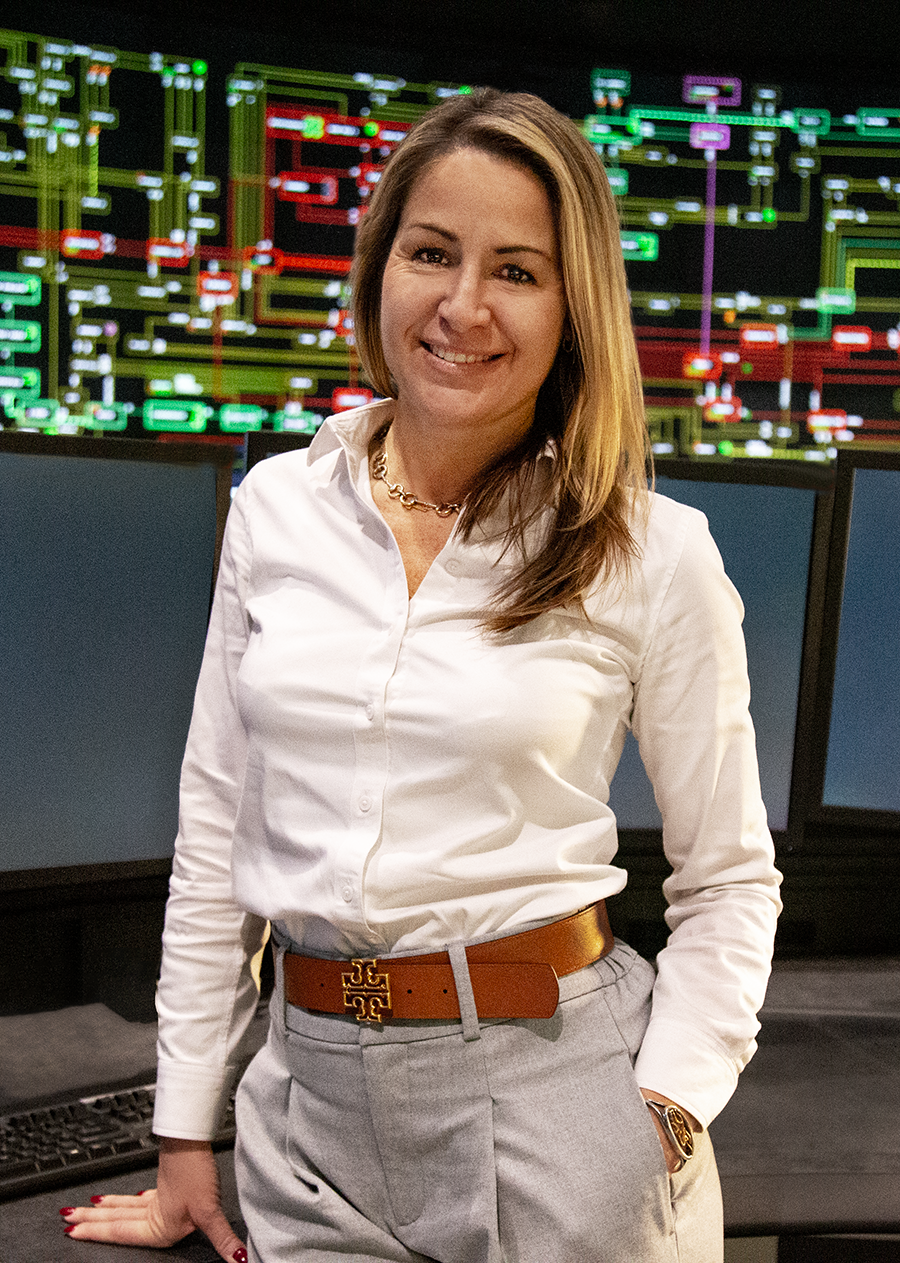
“We worked together and stayed calm and restored the system in less than two days,” she said. “That, by far, was my most interesting day at work and also the hardest.”
Today, she is the first woman to manage the control room. Maintaining reliability as we work to transition the grid would not be possible without the vigilance of a dedicated and highly trained control room team, she says
“As renewable energy suppliers join the system, we want to be sure that they receive the proper training and support.” Lefevre said. “If reliability issues become a concern as we transition our power grid, the control room operators can identify issues in real-time.”
The NYISO’s control room features a fluorescent-colored diagram of electricity generators and transmission lines, displayed across a giant screen. Operators are on-site 24/7 to manage the system and keep the lights on for millions of homes and businesses across the state.
Control room operators also monitor electricity generation and demand in neighboring regions that share power resources with New York.
It’s a high-stakes job. Candidates must undergo eight hours of testing, during which they are evaluated on their math and critical thinking skills and psychological fitness.
Lefevre provides tours to high school and college students and speaks to women’s engineering associations, which she hopes will help expand their notion of career opportunities in the energy field. Lefevre advises them to trust themselves and be confident in their abilities.
“The best thing you can be, whether in this field or any other, is yourself,” Lefevre said.
Juliann Madara, Director of Internal Audit
As New York’s power grid operator, maintaining a standard of excellence and accountability is essential to the work we do.
Take it from Juliann Madara, who has directed the NYISO’s internal audit team since 2022.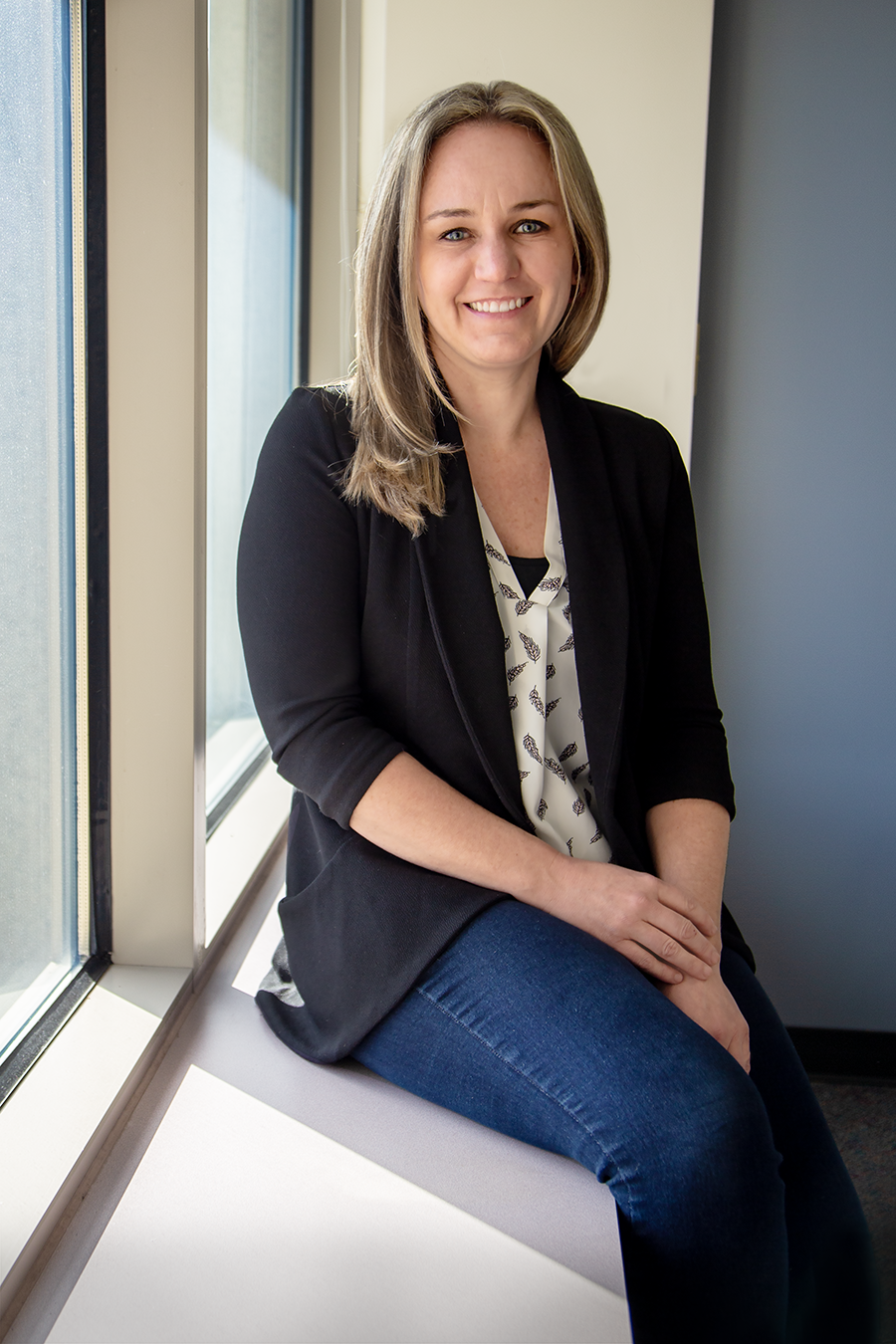
"We look at everything from compliance to controls and make sure a strong foundation is in place to prevent something major from going wrong,” she said.
The team operates independently from the rest of the organization and reports directly to the NYISO Board of Directors, enabling auditors to objectively investigate each function of the organization and make sure everything is operating as it should.
Madara’s department conducts 40-45 audits per year in a wide range of areas, including grid operations, interconnection, human resources, cybersecurity, wholesale energy markets, and more.
Auditors must be aware of emerging risks and make recommendations to management, which at times requires flexibility and out-of-the-box solutions.
Madara, who joined the NYISO ten years ago as a senior auditor, was instrumental in guiding the organization through one of the greatest crises in its 20-year history. In 2019, she moved to the Information Technology department, where her work was centered on business continuity and disaster recovery. Six months later, the pandemic hit.
Shutting down the NYISO building and protecting staff while keeping the control room and IT infrastructure functional was a massive undertaking, Madara said. Grid operations teams spent up to eight weeks sequestered in on-site trailers.
“Grid operators volunteered to be separated from their families during this time to make sure they didn't get sick and could continue to operate the grid,” said Madara.
With the grid transition accelerating, Madara’s team must stay on top of regulatory changes and help ensure organizational processes are adapting accordingly.
“We've had a lot of new talent join the organization, so a lot of that historical knowledge has changed, and things are being done differently,” she said. “That’s why it so important to have solid processes and controls in place.”
